In pictures: Sussex shrine to extinct bird the dodo
- Published
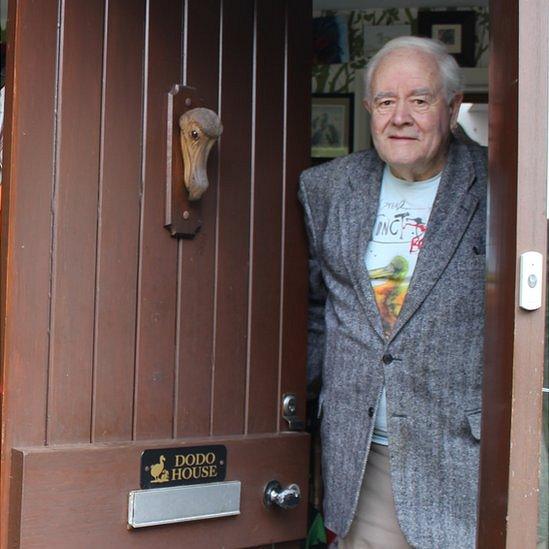
Ralfe Whistler is a naturalist, but one with a difference - he has a passion for the dodo, a bird that died out hundreds of years ago.

The 83-year-old has amassed what has been described as the world's largest collection of art and memorabilia dedicated to the extinct flightless bird of Mauritius.
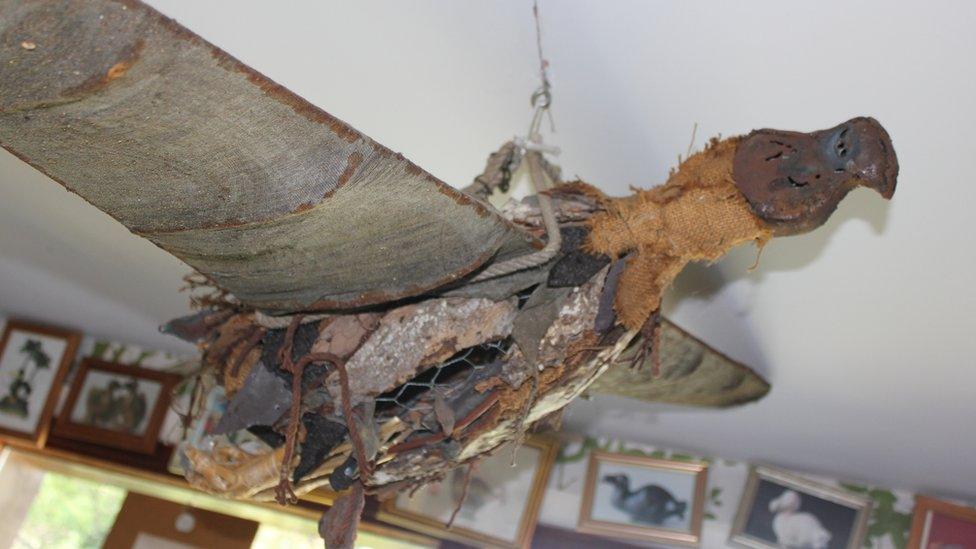
He has about 800 items in his dodo collection, which takes over the whole of his house overlooking the East Sussex countryside, in Battle. Some of it can currently be seen at Battle Museum and at Monnow Valley Arts Centre, in Hereford.
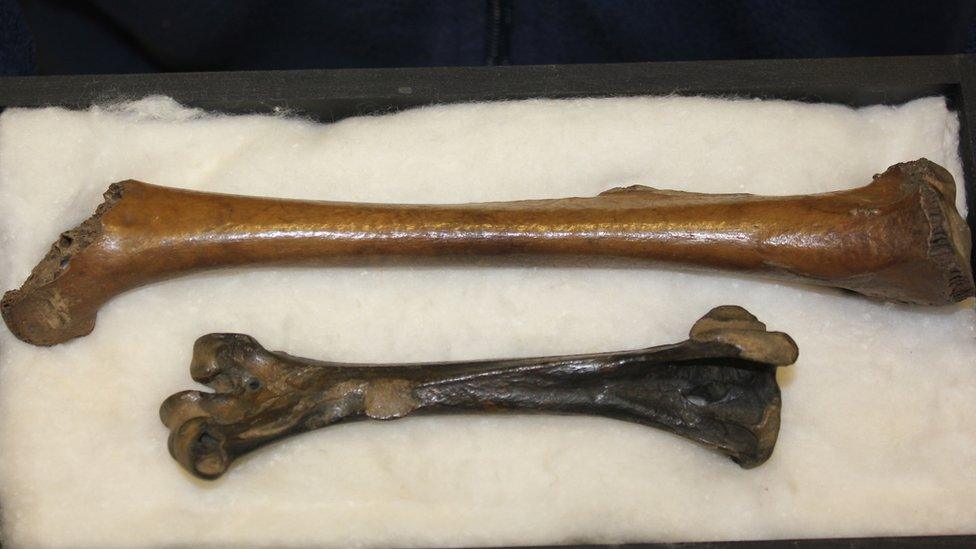
His ornithologist father Hugh Whistler - who collected 70,000 specimens of Indian birds - was given the first bones of a dodo, which were dug up in Mauritius in about 1900, by the founder of the Hastings Museum, Thomas Parkin, to encourage his interest in natural history.
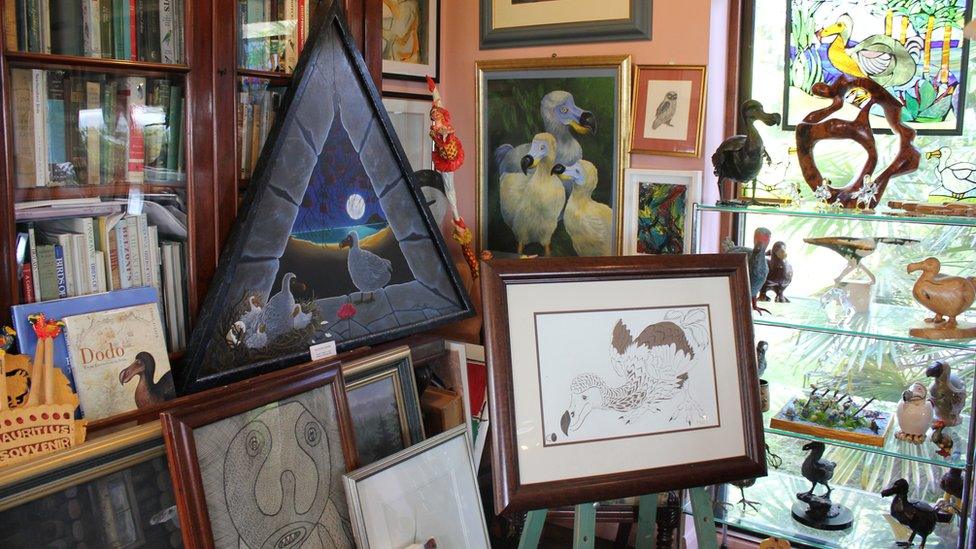
The dodo bones passed to Mr Whistler on his father's death, sparking his own fascination in the unique "funny looking" bird which has lasted nearly 30 years.
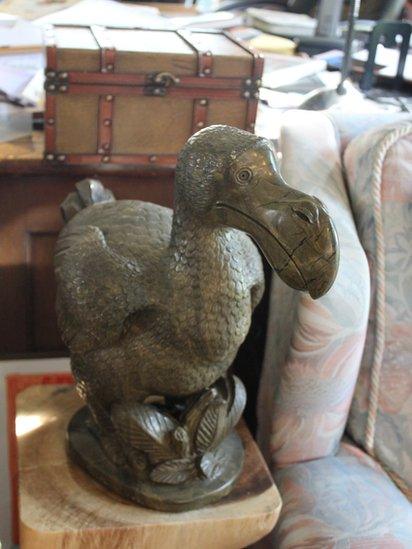
The house has exhibits of all shapes and sizes from all over the world. Mr Whistler estimates he has examples of dodo art from about 40 countries, with this one crafted in Zimbabwe being one of his favourites. "I keep my eye out all the time for dodos," he said.
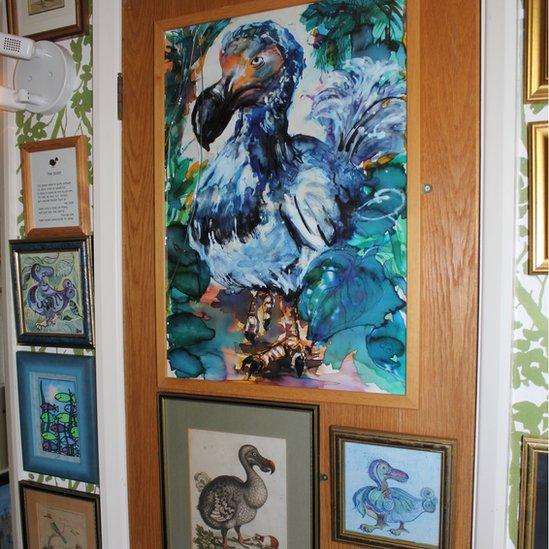
The dodo, which could not swim or fly, was native to the island of Mauritius in the Indian Ocean during the 16th Century but became extinct within 100 years. It was bigger than a turkey and weighed about 50lbs (23kg).
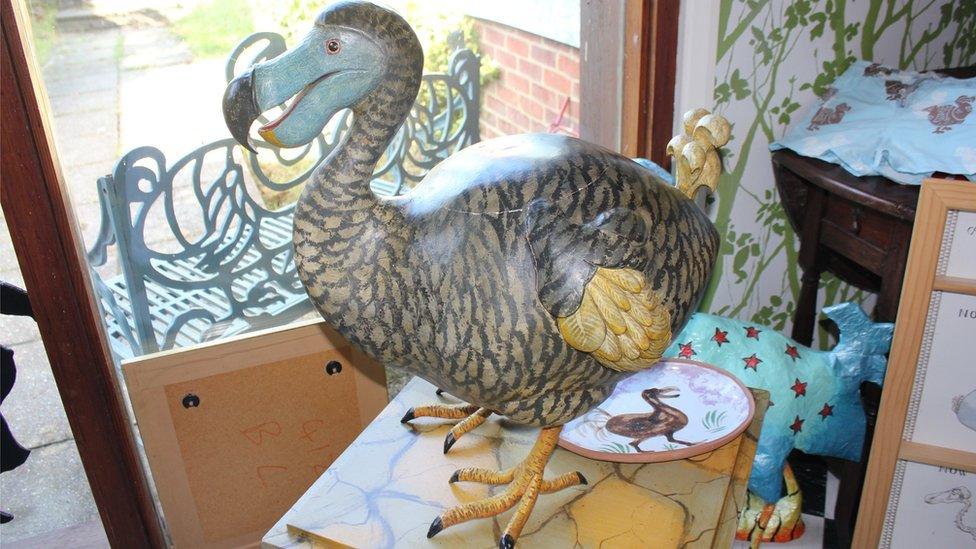
The dodo took its name from the Portuguese word for "fool", mocked by European colonialists for its apparent lack of fear of armed, hungry hunters. "There's no complete stuffed dodo anywhere, and no-one's really sure of the colour," Mr Whistler said.

Mr Whistler's passion for the dodo has taken him all over the world but one of his favourite items is this large ceramic dodo he carried home on the train in the rush hour from an art fair in London about 15 years ago. "It was very heavy," he said.
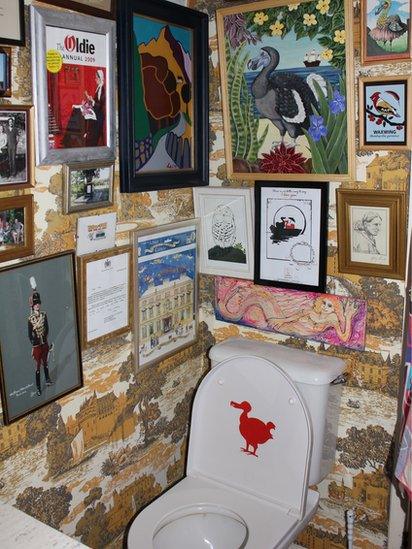
Mr Whistler's collection is so large it even extends to his bathroom.

The last dodo seen in the UK used to be walked up and down Piccadilly in London in 1650 after being brought back from Mauritius. "You could pay to see it and feed it, and when it died it was stuffed," Mr Whistler said. Its mummified head and foot can still be seen at the Oxford University Museum of Natural History.